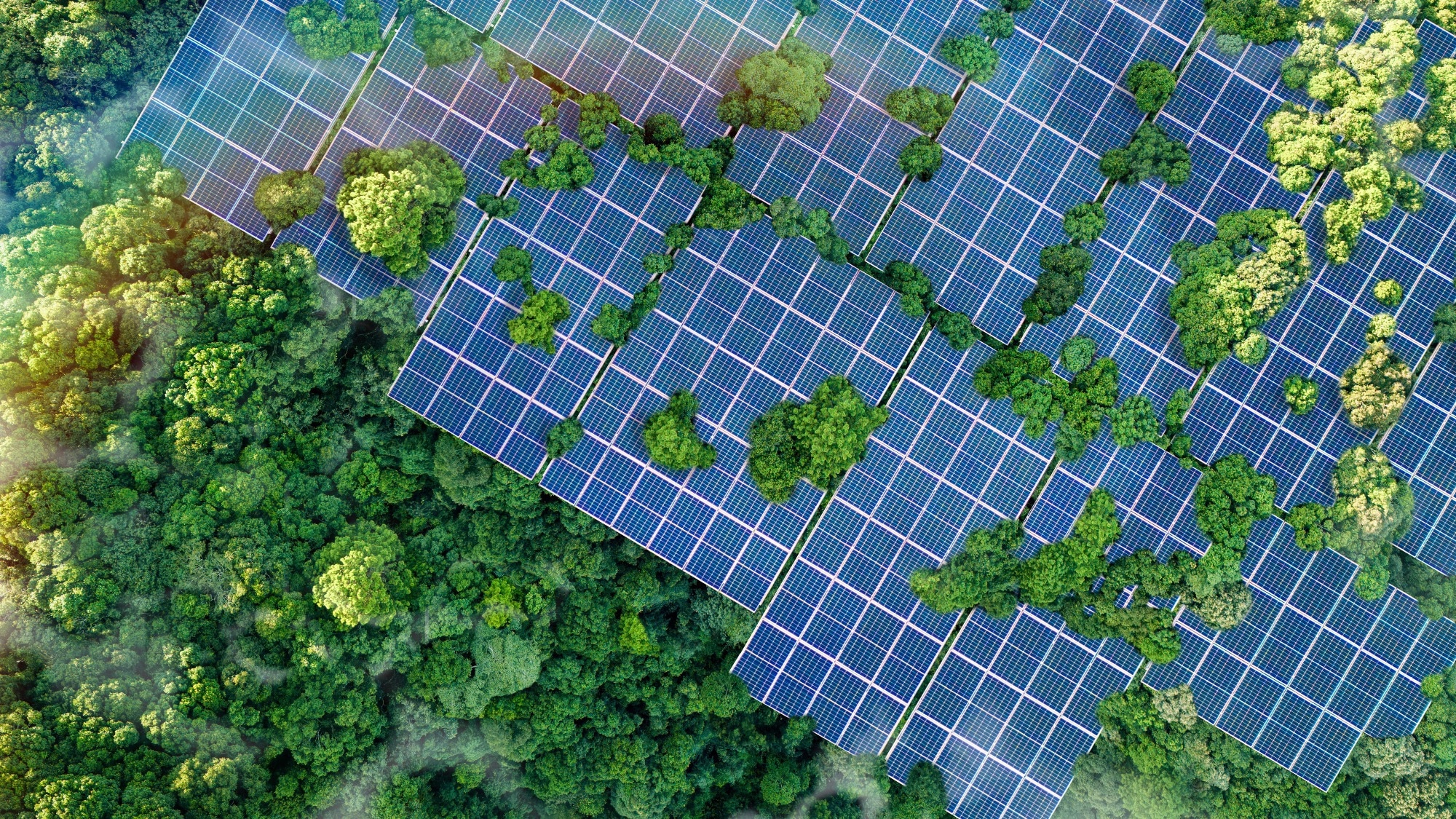Key Takeaways
- Solar energy costs have fallen to as low as £0.02 per unit, making it cheaper than traditional energy sources.
- New advancements in solar technology and battery storage are driving a global shift towards renewable energy.
- Integrating solar power into existing grids presents challenges that require innovative solutions and policy support.
Affordable Solar Energy Sparks Global Transition
A recent study by the University of Surrey reveals that solar energy has become so cost-effective that it can generate electricity for as little as £0.02 per unit in sunny regions. This significant decrease in cost positions solar power as a cheaper option compared to coal, gas, and even wind energy. The research, published in Energy and Environment Materials, emphasizes solar photovoltaic (PV) technology as a crucial element in the global shift toward clean, renewable energy.
In countries like the UK, where solar energy is also becoming increasingly viable despite its northern location, large-scale solar generation is now the most economical choice for electricity production. By 2024, installed solar power capacity worldwide has surpassed 1.5 terawatts—double that of 2020—enough to power hundreds of millions of homes. This progress indicates that solar technology has transitioned from an ambitious goal to a vital component of a sustainable energy future.
The study highlights an 89% reduction in lithium-ion battery costs since 2010, making solar-plus-storage systems competitive with gas-fired plants. These hybrid systems are gaining traction globally, as they store excess solar energy for use when sunlight is unavailable, enhancing grid reliability.
However, the research also identifies key challenges in integrating large volumes of solar energy into existing electricity networks. Regions like California and China experience congestion in their grids, leading to wasted energy when solar generation exceeds demand. The study authors stress that developing smart grids, leveraging artificial intelligence for energy forecasting, and improving interregional connections are essential for maintaining grid stability as renewable energy adoption grows.
Professor Ravi Silva, study co-author and director of the Advanced Technology Institute, noted that energy storage and smart grid integration enable solar to deliver affordable and clean power reliably. Innovations such as perovskite solar cells may boost energy generation by up to 50% without additional land use.
Progress in the solar sector requires sustained and consistent policy support. Initiatives like the U.S. Inflation Reduction Act, the EU’s REPowerEU strategy, and India’s Production Linked Incentive scheme underscore how strong policy frameworks can stimulate investment and innovation in renewable energy. According to Professor Silva, global collaboration and long-term commitment are imperative to accelerate the transition towards a clean, reliable energy system.
In summary, the future of solar energy looks promising, with decreasing costs and technology advancements paving the way for a sustainable energy landscape. However, addressing integration challenges is crucial for maximizing the potential of solar power on a global scale.
The content above is a summary. For more details, see the source article.















